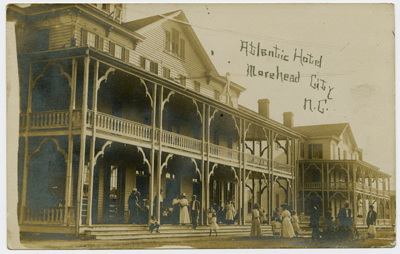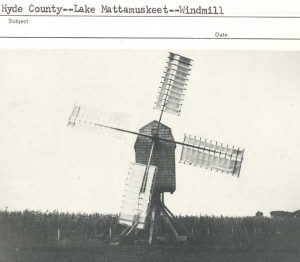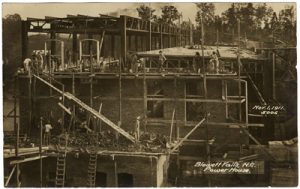In 1868 a Wisconsin farmer and former Union army sergeant, Gilbert H. Bates, acting on a bet, set out to demonstrate that “the Southern people had resumed their affection for the flag and the Union.” Carrying a large American flag, Bates walked from Vicksburg, Miss., to Washington — alone, unarmed and dependent on the good will of his former enemies for food and lodging.
Bates marched for three months, often along Sherman’s route, with barely a discouraging word thrown his way. (Mark Twain had been among the skeptics: “I expect to see him coming into Washington some day on one leg and with one eye out and an arm gone.”)
Bates made several stops in North Carolina. These are excerpts from his memoir, “Sergeant Bates’ March, Carrying the Stars and Stripes Unfurled, from Vicksburg to Washington.”
“At the outskirts of [Charlotte] I was met by the Mayor and City Council. The Mayor tendered me the hospitalities of the city. I was then driven in a carriage to the Mansion House. Several hundred people had assembled in front of the hotel, and as I sprang out of the carriage….a war-worn veteran of the Confederate army, still suffering from his wounds, proposed three cheers for Sgt. Bates, the United States flag and the white man’s government….I remained in Charlotte to have a pair of shoes made.”
“[When] I reached Concord…they gave me a serenade and called me out for a speech….”
From Greensboro, Bates took a side trip to Raleigh by train. “At Mebansville [as Mebane was known until 1883] about 50 school boys had assembled to see me. Some had served in the war, and one of them, only 15 or 16, had lost a leg. One boy said: ‘Sergeant, we would fight for that flag as quick as you would, but you folks up North don’t believe it, do you?’ ‘Well, boys’, said I, ‘many people in the North still honestly believe you hate the flag…. but they have been misled by bad men and bad newspapers.’ ”
“[Back in Greensboro] several Confederate soldiers insisted on my remaining and spending the day with them. All the unpleasant memories of the war were dropped. The verdict of battle was recognized by all…. We all felt that we were citizens of one country…. inseparably united.”








